Best Companion Plants For Catnip
Title: Best Companion Plants for Catnip
Introduction:
Catnip is a popular herb that is known for its calming effects on cats. However, catnip can also be beneficial for other plants in the garden. When planted as a companion plant, catnip can help to repel pests, attract beneficial insects, and improve the overall health of nearby plants.
In this blog post, we will discuss some of the best companion plants for catnip. We will also provide some tips on how to plant and care for these plants.
Main Content:
- Collared Greens: Collard greens are one of the most commonly paired plants with catnip. This is because catnip helps to repel flea beetles, which are a major pest of collard greens. Flea beetles are small, black insects that feed on the leaves of collard greens, causing them to become damaged and unsightly. Catnip contains chemicals that repel flea beetles, so planting it near collard greens can help to protect them from this pest.
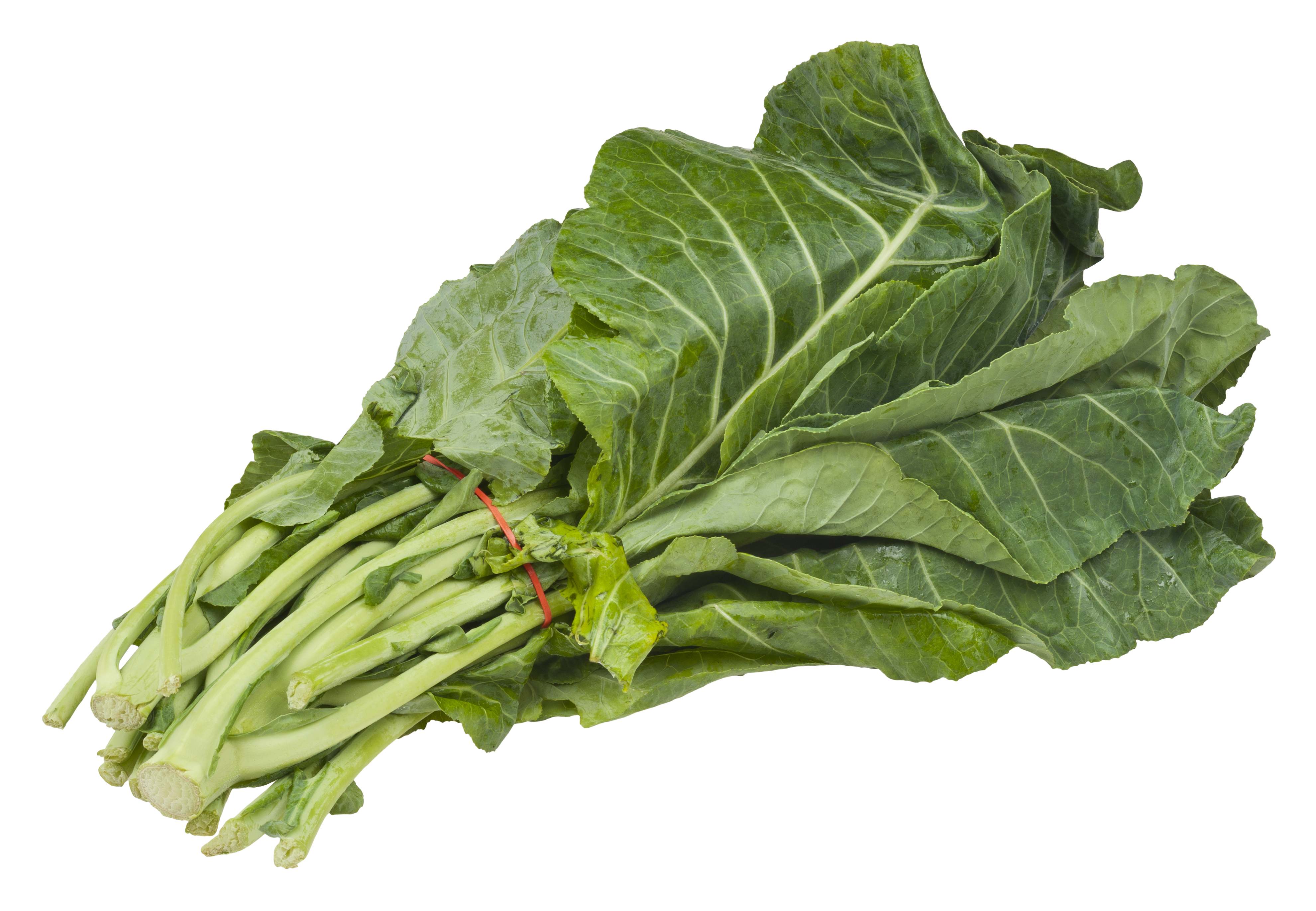
- Beets: Beets are another vegetable that can benefit from being planted near catnip. Catnip helps to repel aphids, which are another common pest of beets. Aphids are small, green insects that suck the sap from beet plants, causing them to wilt and become stunted. Catnip contains chemicals that repel aphids, so planting it near beets can help to protect them from this pest.

- Pumpkins: Pumpkins are a large, vining vegetable that can be susceptible to pests such as squash bugs and cucumber beetles. Catnip helps to repel these pests, so planting it near pumpkins can help to protect them from damage. Catnip also attracts beneficial insects such as ladybugs and parasitic wasps, which help to control pests in the garden.
- Squash: Squash is another vegetable that can benefit from being planted near catnip. Catnip helps to repel squash bugs, which are a major pest of squash plants. Squash bugs are small, brown insects that suck the sap from squash plants, causing them to wilt and die. Catnip contains chemicals that repel squash bugs, so planting it near squash can help to protect them from this pest.

- Potatoes: Potatoes are a root vegetable that can be susceptible to pests such as Colorado potato beetles. Colorado potato beetles are large, striped insects that feed on the leaves of potato plants, causing them to become damaged and unsightly. Catnip helps to repel Colorado potato beetles, so planting it near potatoes can help to protect them from this pest.
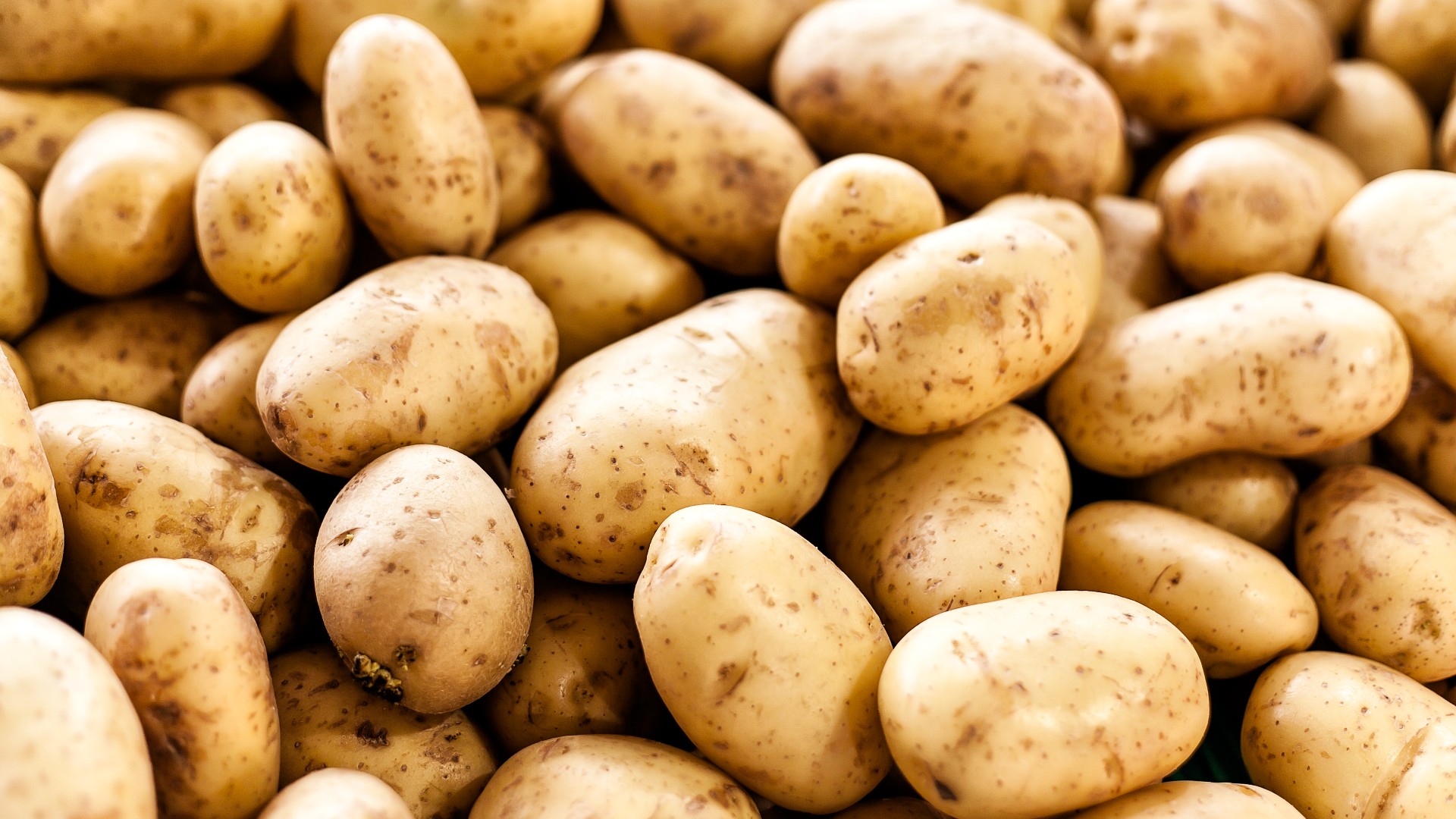
- Spinach: Spinach is a leafy green vegetable that can be susceptible to pests such as aphids and spider mites. Catnip helps to repel these pests, so planting it near spinach can help to protect it from damage. Catnip also attracts beneficial insects such as ladybugs and lacewings, which help to control pests in the garden.

- Tomatoes: Tomatoes are a popular vegetable that can be susceptible to pests such as tomato hornworms and whiteflies. Tomato hornworms are large, green caterpillars that feed on the leaves and fruits of tomato plants. Whiteflies are small, white insects that suck the sap from tomato plants, causing them to wilt and become stunted. Catnip helps to repel both tomato hornworms and whiteflies, so planting it near tomatoes can help to protect them from these pests.
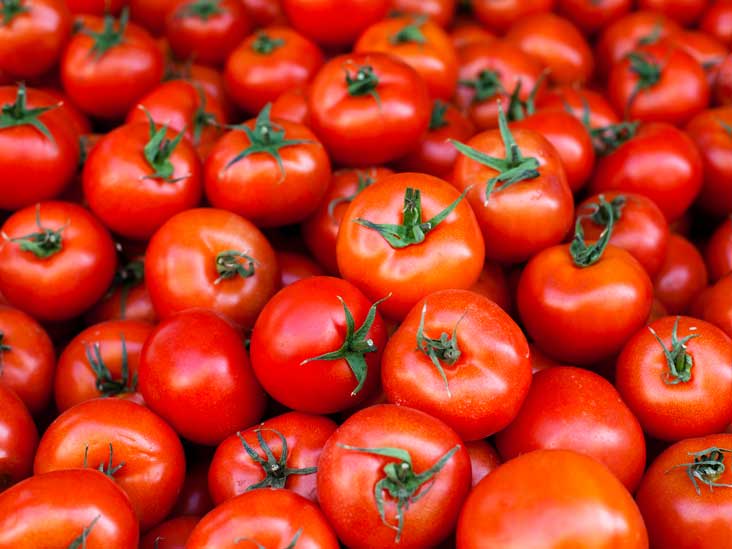
Conclusion:
Catnip is a versatile herb that can be beneficial for both cats and gardens. When planted as a companion plant, catnip can help to repel pests, attract beneficial insects, and improve the overall health of nearby plants. If you are looking for a way to improve your garden, consider planting some catnip.
Catnip is a popular herb that is known for its calming effects on cats. However, it can also be a beneficial companion plant for other types of plants. Some of the best companion plants for catnip include:
- Collard greens: Collard greens are susceptible to damage from flea beetles, but catnip can repel these pests.
- Beets: Beets can attract beneficial insects, such as ladybugs, which can help to control pests.
- Pumpkins: Pumpkins can be susceptible to powdery mildew, but catnip can help to protect them from this disease.
- Squash: Squash can attract cucumber beetles, but catnip can repel these pests.
- Broccoli: Broccoli can be susceptible to aphids, but catnip can help to deter these pests.
For more information about companion planting with catnip, visit Home Gardening.
FAQ of companion plants for catnip
- What are some good companion plants for catnip?
Some good companion plants for catnip include:
Collared greens: Collard greens are highly susceptible to damage from flea beetles, which conveniently catnip repels.
Beets: Beets are another vegetable that benefits from catnip's insect-repelling properties.
Pumpkins: Pumpkins and catnip can help each other thrive by attracting beneficial insects and deterring pests.
Squash: Squash is a good companion plant for catnip because they both have similar growing requirements.
Broccoli: Broccoli is a brassica, which means it is susceptible to a variety of pests. Catnip can help to repel some of these pests, making it a good companion plant for broccoli.
What are some plants that should not be planted near catnip?
It is generally recommended to avoid planting catnip near parsley. This is because both plants are members of the mint family, and they can compete for resources. Additionally, the oils from catnip can inhibit the growth of parsley.
- How do catnip and its companion plants benefit each other?
Catnip and its companion plants can benefit each other in a number of ways. For example, catnip can help to repel pests that would otherwise damage other plants. Additionally, the flowers of catnip can attract beneficial insects, such as ladybugs and hoverflies, which can help to control pests. Some companion plants, such as collard greens, can also benefit from the nutrients that are released by catnip's roots.
- How far apart should catnip and its companion plants be planted?
The spacing requirements for catnip and its companion plants will vary depending on the specific plants involved. However, as a general rule, it is a good idea to space catnip plants at least 18 inches apart. This will give the plants enough room to grow and spread without competing with each other for resources.
- How do you start a catnip plant?
Catnip plants can be started from seed or from cuttings. If you are starting from seed, sow the seeds in a well-drained potting mix about 1/4 inch deep. Keep the soil moist and warm, and the seeds should germinate in about 2-3 weeks. If you are starting from cuttings, simply take a 4-6 inch cutting from a healthy plant and plant it in a well-drained potting mix. Keep the soil moist and warm, and the cutting should root in about 2-3 weeks.
Image of companion plants for catnip
10 different images of companion plants for catnip that are free to use:
- Collared greens. Catnip can help repel flea beetles, which are a common pest of collard greens.
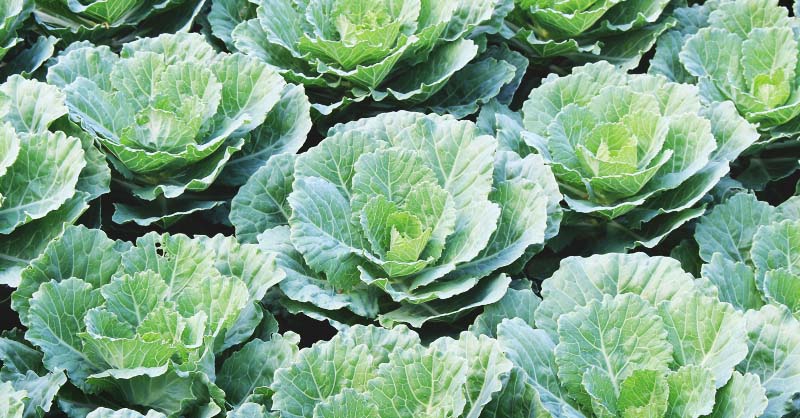
- Beets. Catnip can help repel aphids, which are another common pest of beets.
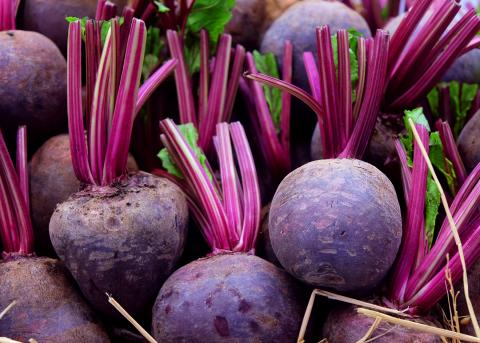
- Pumpkins. Catnip can help repel squash bugs, which can damage pumpkins.
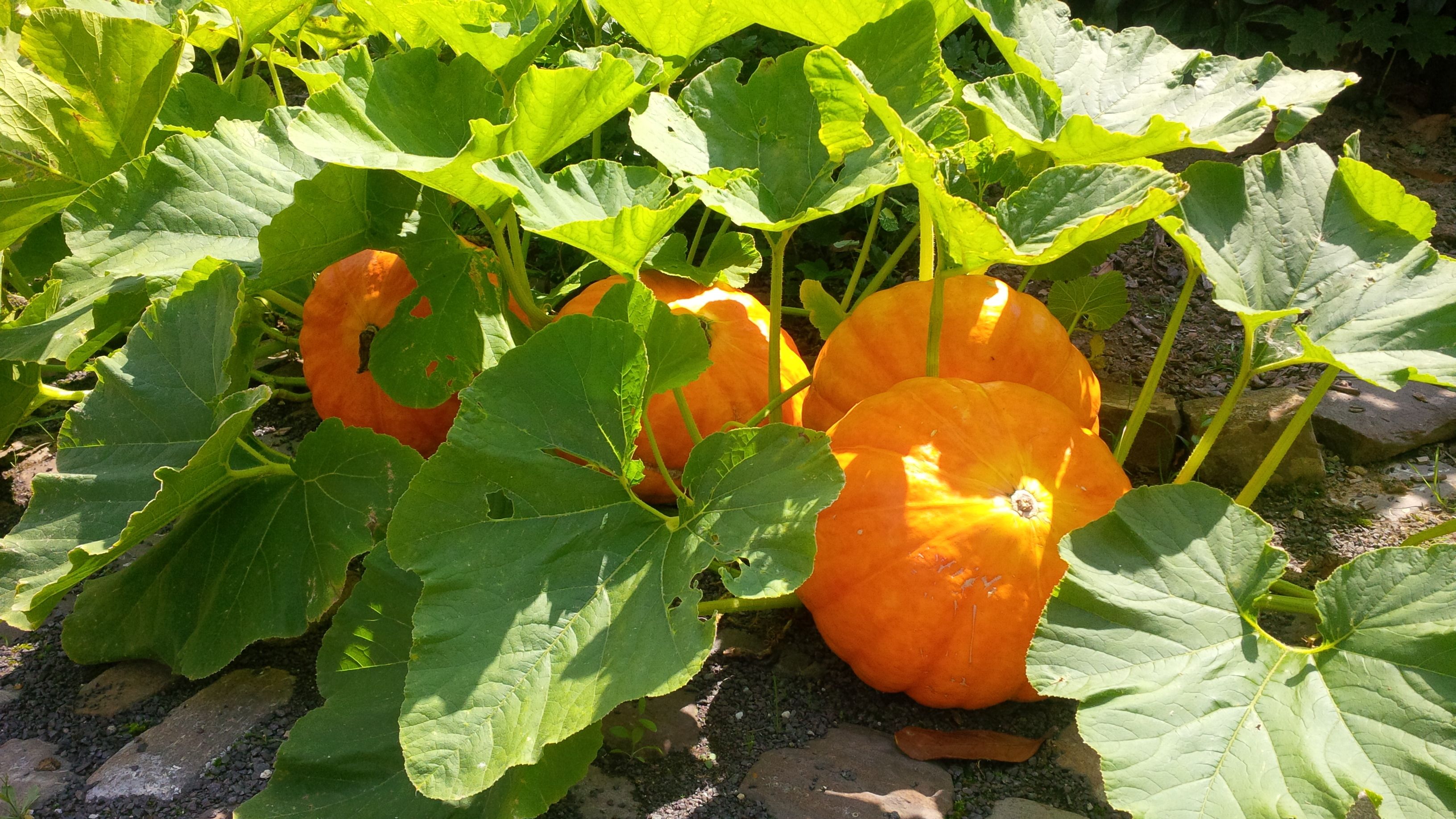
- Squash. Catnip can help repel cucumber beetles, which can damage squash.
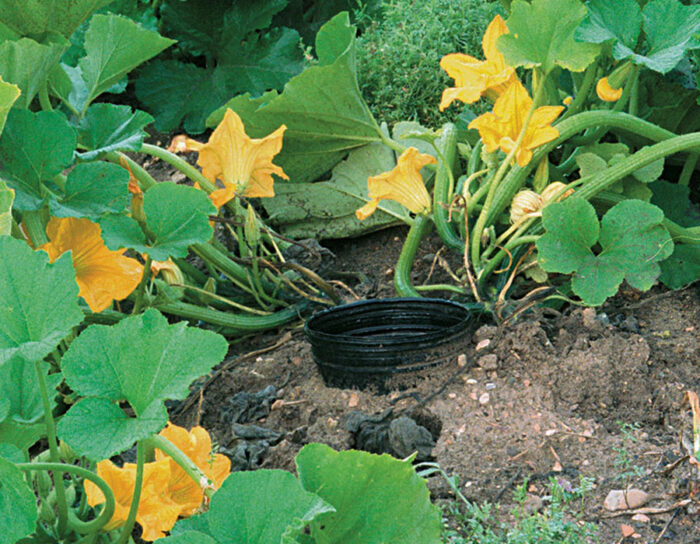
- Potatoes. Catnip can help repel potato beetles, which can damage potatoes.
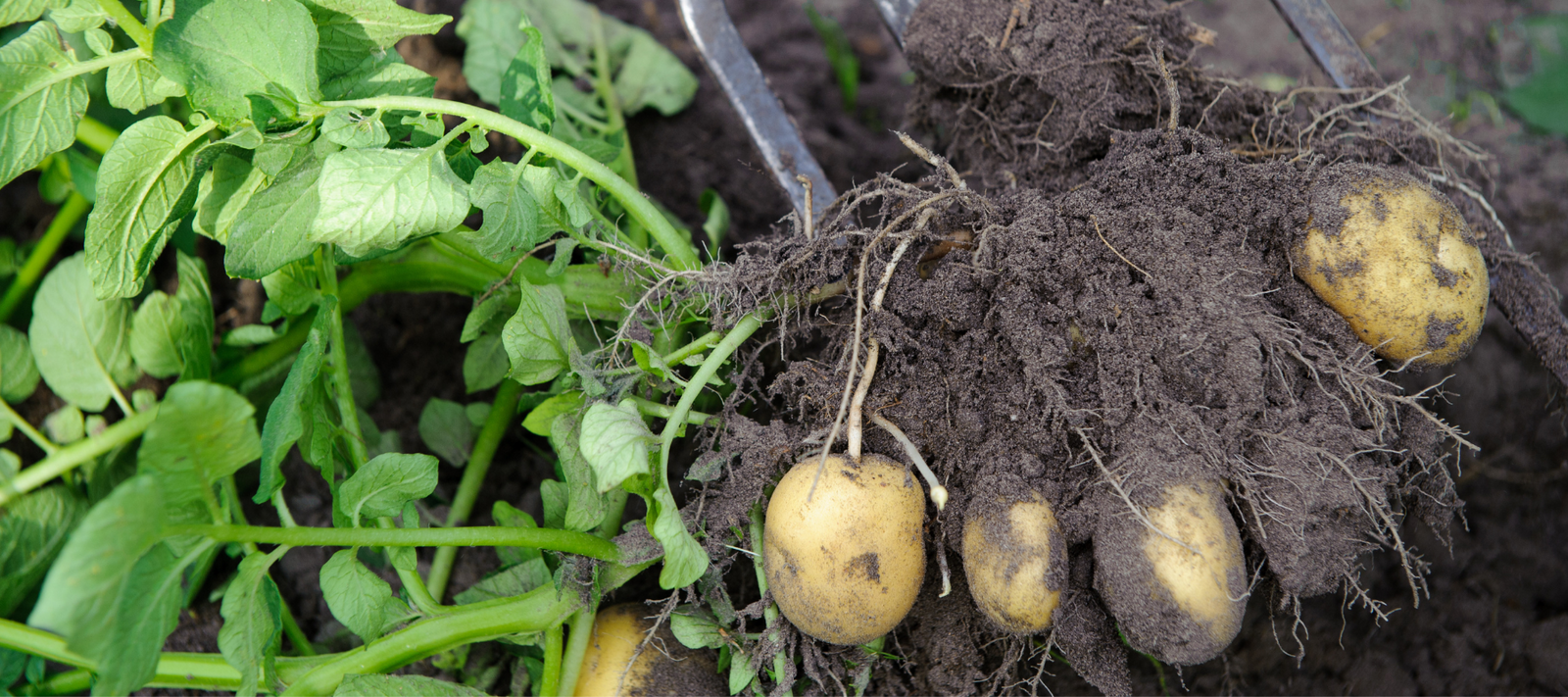
- Lavender. Lavender is a natural insect repellent and can help keep pests away from catnip plants.
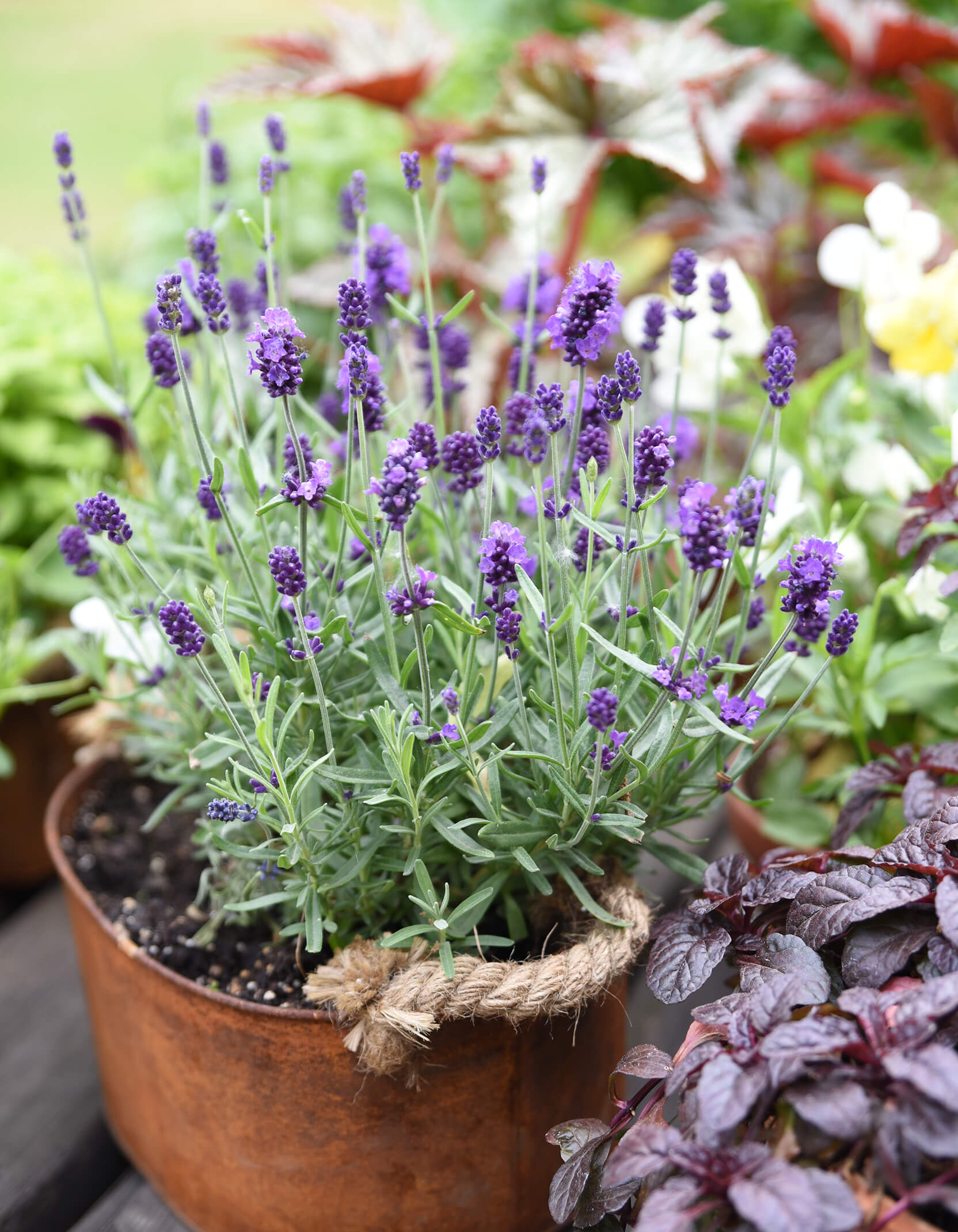
- Marigolds. Marigolds are another natural insect repellent that can help protect catnip plants from pests.
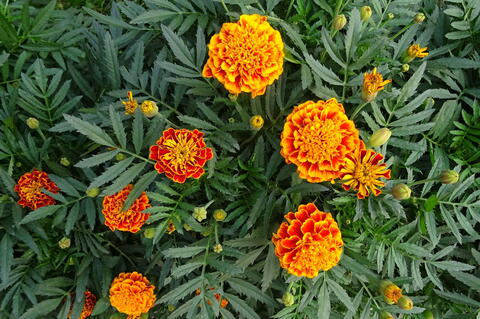
- Nasturtiums. Nasturtiums are not only attractive flowers, but they can also help repel aphids and other pests from catnip plants.

- Chives. Chives are a good companion plant for catnip because they can help repel mosquitoes and other biting insects.
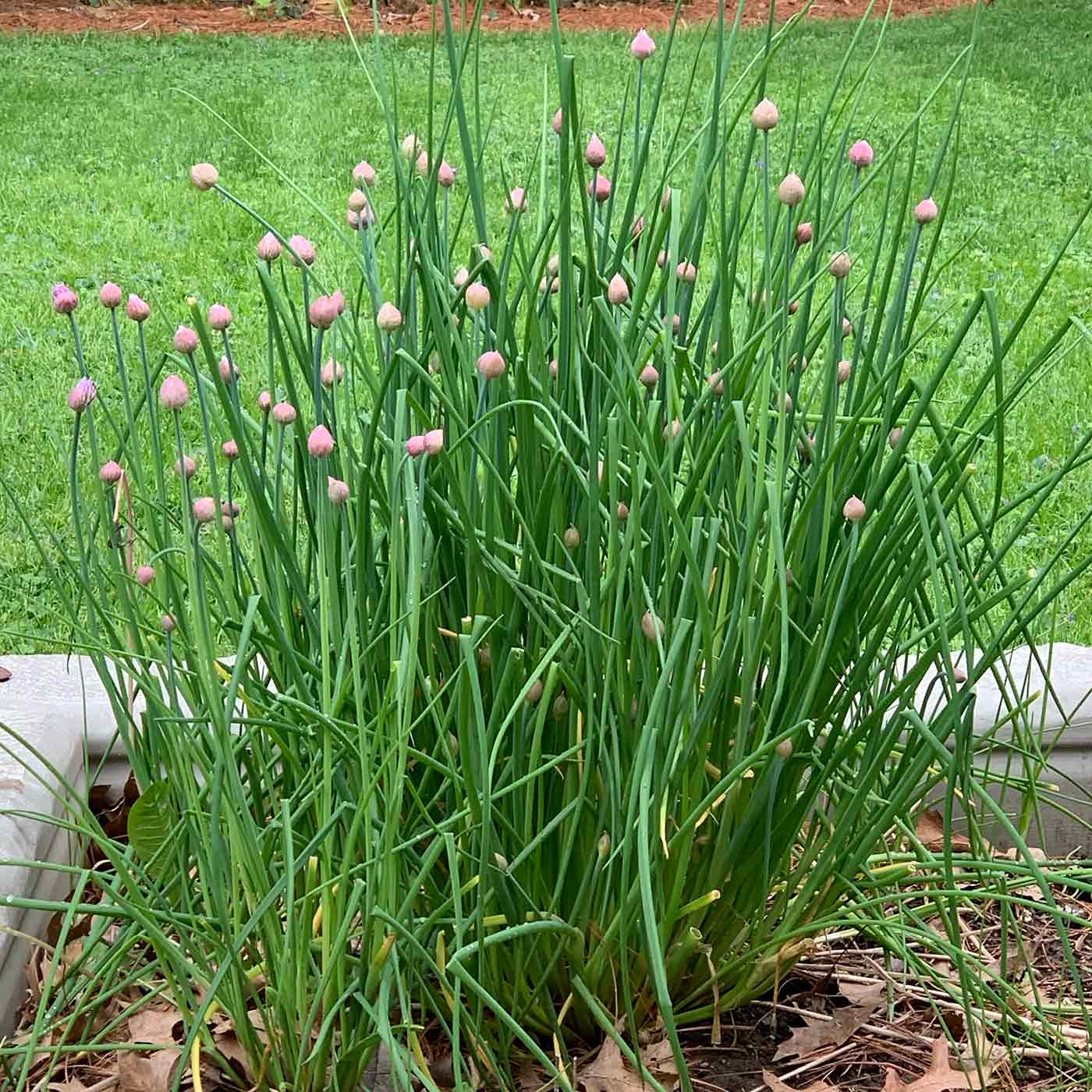
- Fennel. Fennel is a tall, feathery herb that can help attract beneficial insects to the garden, such as ladybugs and parasitic wasps. These insects can help control pests that might damage catnip plants.
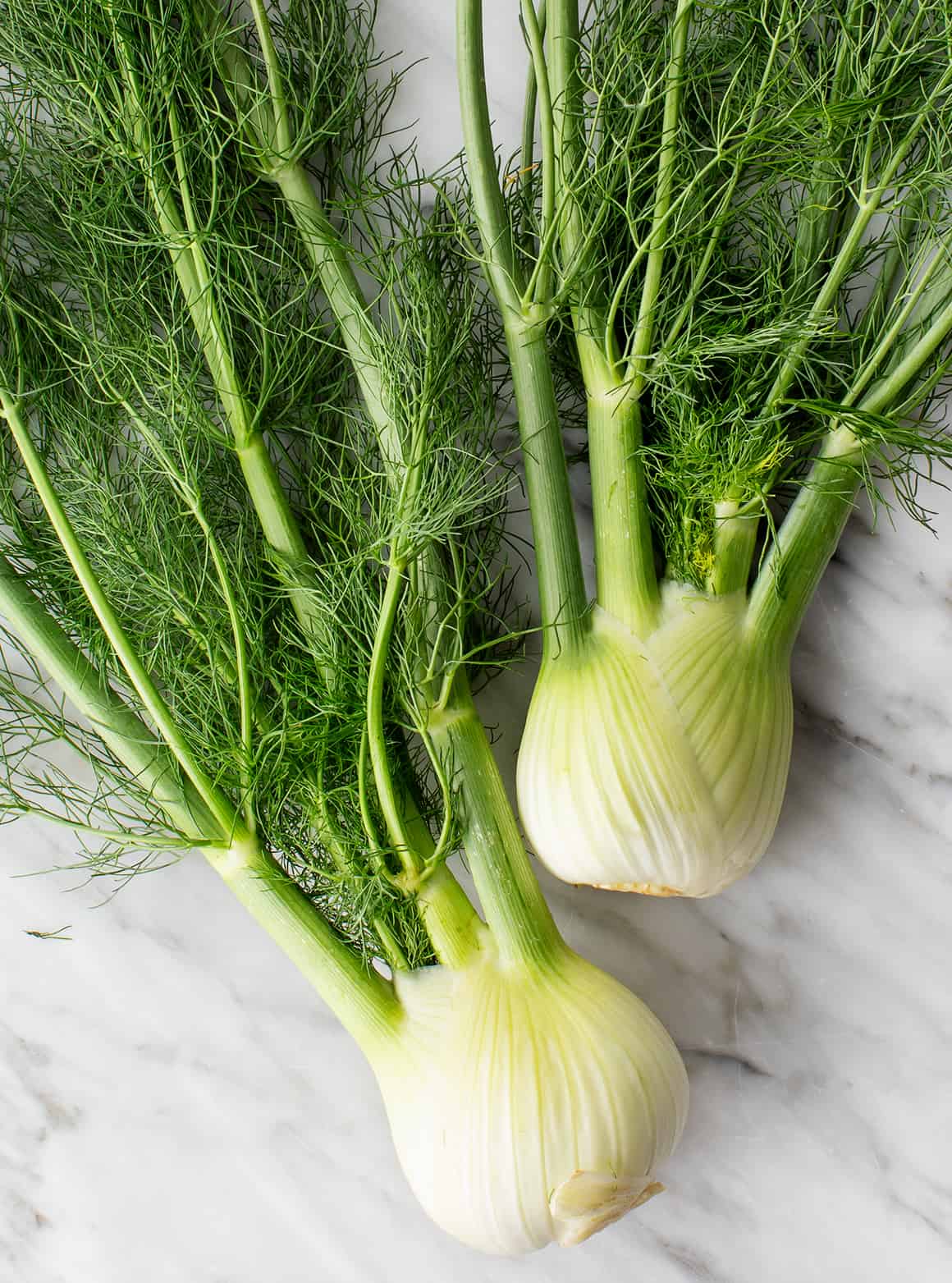
Post a Comment for " Best Companion Plants For Catnip"